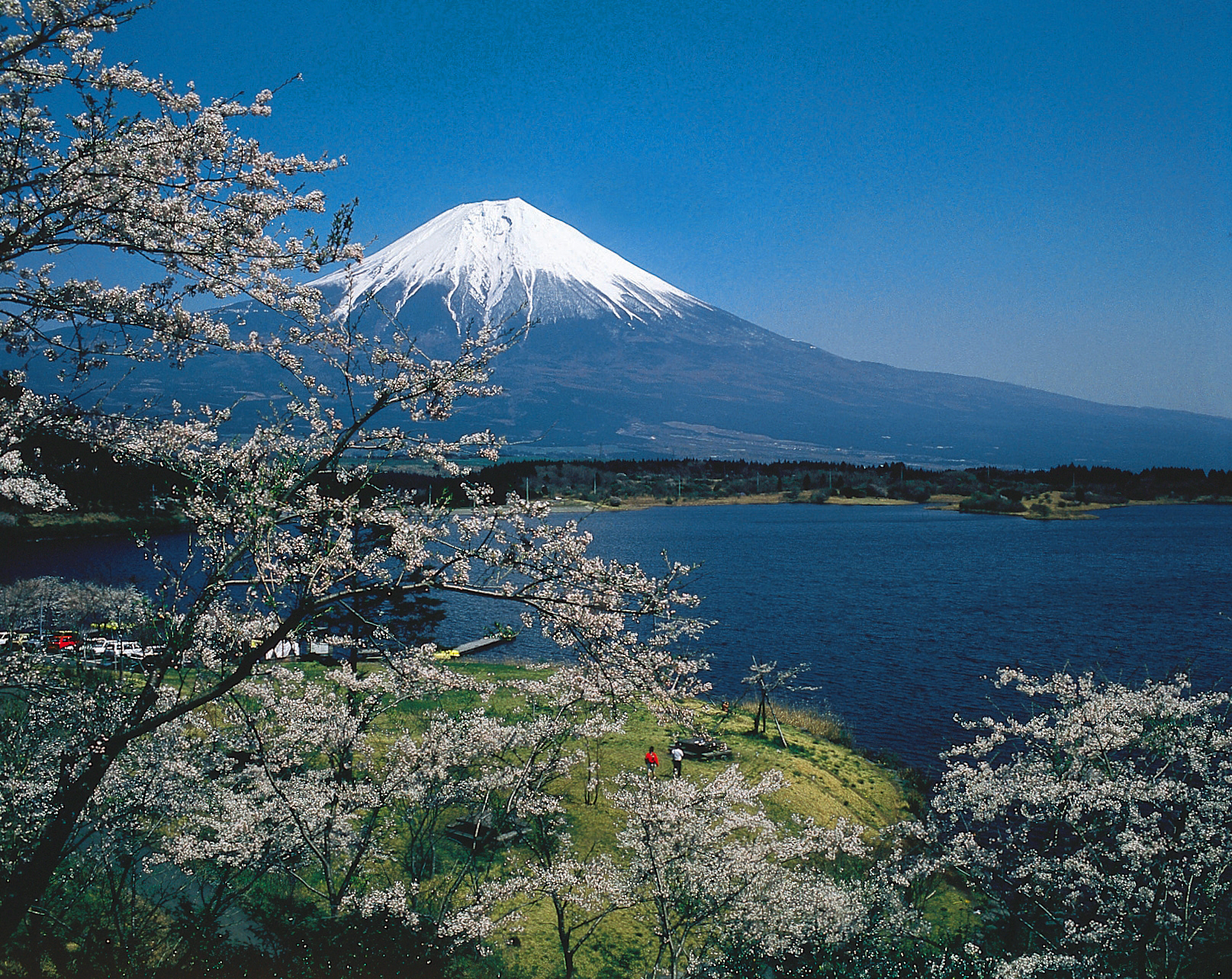Japanese consumers and marketers alike certainly love their ヒット商品 (hitto shōhin, hit products). To understand how this term came about, we need to look back to the decade following World War II. When living standards gradually began to improve from the early 1950s, Japanese consumers eagerly snapped up home appliances. As a condition for marriage, new brides demanded a home supplied with 白黒テレビ (shirokuro terebi, black-and-white TV), 洗濯機 (sentakuki, washing machine) and 冷蔵庫 (reizōko, refrigerator). These became referred to as 三種の神器 (sanshu no jingi, the three sacred treasures), which was a humorous allusion to the mirror, sword and jewel that were presented to Japan's ancient emperors during the imperial enthronement ceremony.
By the early 1960s, the era known as 高度経済成長期 (kōdo keizai seichō-ki, period of high economic growth), the previous "must-haves" had been replaced by the "Three C's," カー (kā car), クーラー (kūrā, cooler, i.e., air conditioner) and カラーテレビ (karā terebi, color television).
But then the 普及率 (fukyūritsu, ownership rate) for basic home appliances began to approach 90 percent, and 市場が飽和された (shijō ga hōwa sareta, markets became saturated). What's more, consumers began to get picky — a term referred to as こだわり (kodawari) — and in addition to brand preferences demanded variations in products' size, color, design and performance that fit their lifestyles more closely.
By the early '70s, manufacturers realized they could only boost their market share by experimenting, filling niches for latent demand and by fine tuning their product design, naming, pricing and advertising strategies. And thus the concept of hitto shōhin was born.
The 元祖 (ganso, originator) of the term "hitto shōhin" dates back to 1971 when a thrice-weekly publication covering retailing and distribution, 日経流通新聞 (Nikkei Ryutsu Shimbun, the Nikkei Marketing Journal) was launched.
Looking for a novel means of promoting their new publication, the Nikkei succeeded in creating a hit product itself: On the front page of its final issue of the year, it ranked the hits of the previous 12 months using a 相撲番付 (sumō banzuke), a traditional list of wrestler rankings that's issued just before the start of each grand sumo tournament.
As in sumo, banzuke carried an array of winning products with the leaders treated as 横綱 (yokozuna, grand champion), written in large characters at the top, followed in descending order by pairs of 大関 (ōzeki, champion), 関脇 (sekiwake, junior champion), 小結 (komusubi, 4th-ranked) and about a dozen 前頭 (maegashira, rank and file).
In the Nikkei's view, it's not enough just to sell lots of something. To warrant the status of hitto shōhin, a product must reflect some new concept that changes the direction of the market, or which fosters creation of an entirely new consumer segment that hadn't existed previously. Particularly during times of economic slowdown, when hit products (or services) succeed in getting consumers to 財布のひもを緩める (saifu no himo wo yurumeru, loosen the purse strings), they are welcomed as encouraging signs of life in an otherwise moribund economy.
Based on the banzuke appearing on its front page of Dec. 4, here are the NMJ's Top 10 hits for 2013, in descending order: セブンカフェ (sebun kafe, take-out coffee at 7-Eleven convenience stores); あまちゃん ("Amachan," the NHK morning drama); 進撃の巨人 ("Shingeki no Kyojin," the animated TV cartoon "Attack on Titan"); 東南アジア観光客 (tōnan ajia kankōkyaku, sightseeing visitors from Southeast Asia); マー君 (Mā-kun, Rakuten Eagle's star pitcher Masahiro Tanaka); パズル&ドラゴンズ (Pazuru to Doragonzu, the mobile game Puzzle & Dragons); ロレックス (Rorekkusu, Rolex wrist watches); 湾岸マンション (wangan manshon, condominiums along Tokyo Bay); 富士山 (Fuji-san, Mount Fuji, newly voted a UNESCO World Heritage Site); and 式年遷宮 (shikinen sengū, the complete rebuilding of Shinto shrines at 20-year intervals).
For its buzzword of the year, NMJ gave its nod to "Abenomics." It conferred its 残念賞 (zannen-shō, booby prize) on 食品偽装表示 (shokuhin gisō hyōji, false labeling of food products) a scandal that shook some of the nation's major hotels and restaurants.
Among the rising stars in store for 2014, NMJ predicted major gains by Haneda Airport, both in terms of passenger capacity and nearby hotel accommodations. From June 12 to July 13, the eyes of the nation are expected to be turned to TV sets to cheer for the national team at the World Cup in Brazil.



















With your current subscription plan you can comment on stories. However, before writing your first comment, please create a display name in the Profile section of your subscriber account page.